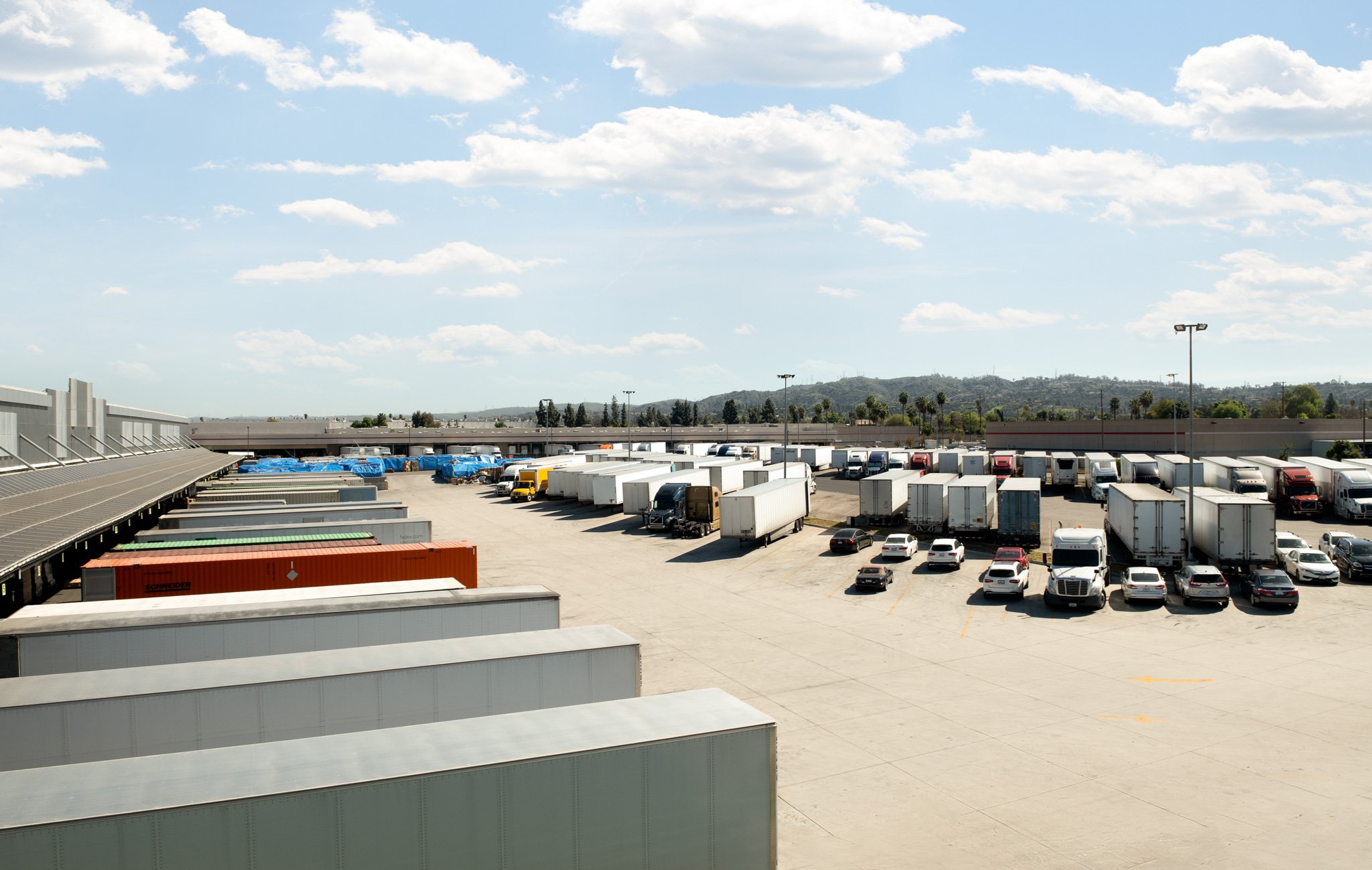Effective yard management is essential for industrial fleet operators to ensure smooth operations, maximize efficiencies, and enhance safety. One of the key components of yard management is parking design. In this article, we will explore the significant impact of parking redesign on improving efficiency and safety for industrial fleet operators.
The Importance of Yard Management
Yard management is a critical aspect of supply chain and logistics operations for industrial fleet operators. It involves the organization and control of vehicles, trailers, and cargo within a facility or distribution center’s yard. An efficiently managed yard is essential for streamlining operations, reducing wait times, optimizing resource allocation, and improving safety.
Challenges in Yard Management
Industrial fleet operators often face challenges in yard management, including congestion, inefficient space utilization, limited visibility, and safety concerns. Inadequate parking facilities can lead to traffic jams, delays in loading and unloading, and potential safety hazards. To address these issues, parking redesign can be a game-changer.
Parking Redesign for Efficiency
Parking redesign involves rethinking the layout, organization, and technology of parking areas within industrial facilities. This process focuses on optimizing the use of available space, streamlining traffic flow, and enhancing the overall yard management process. Here’s how parking redesign can improve efficiency:
- Smart Layouts: Redesigned parking areas can incorporate smart layouts that allocate space efficiently. The use of designated parking spots for various vehicle types and cargo can reduce congestion and improve organization.
- Traffic Flow Optimization: Parking redesign includes the creation of efficient traffic flow patterns. One-way lanes, clear signage, and designated entry and exit points can minimize bottlenecks and reduce the risk of accidents.
- Technology Integration: Implementing technology solutions such as yard management systems (YMS) and real-time tracking enables operators to monitor vehicle and cargo movements. This data can help make informed decisions, allocate resources effectively, and reduce idle time.
- Safety Enhancements: Parking redesign can also prioritize safety by creating designated pedestrian walkways, proper lighting, and safety barriers. These measures reduce the risk of accidents and improve overall safety for both employees and equipment.
Benefits of Parking Redesign
Parking redesign offers several advantages for industrial fleet operators:
- Increased Efficiency: Optimized parking layouts and improved traffic flow reduce idle time, waiting times, and turnaround times. This leads to increased productivity and resource allocation.
- Enhanced Safety: Safety measures incorporated in parking redesign reduce the risk of accidents and injuries, creating a secure work environment for employees and equipment.
- Real-time Visibility: Integration of technology provides real-time visibility into yard operations, enabling better decision-making and resource allocation.
- Improved Customer Service: Efficient yard management through parking redesign ensures timely deliveries, which enhances customer satisfaction.
Conclusion
In the world of industrial fleet operations, yard management is a critical function that significantly impacts efficiency and safety. Parking redesign is a valuable tool for addressing the challenges faced by operators. By optimizing layouts, improving traffic flow, integrating technology, and enhancing safety, parking redesign can transform yard management, ultimately leading to increased productivity, improved customer service, and a safer work environment. Industrial fleet operators should consider the benefits of parking redesign as an investment in their operations’ success and longevity.




